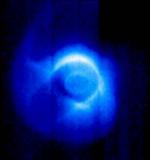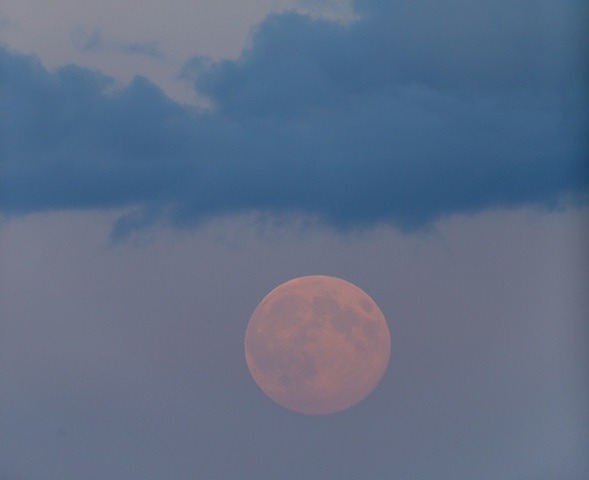According to new data from five satellites, a warm plasma cloak makes up part of the magnetosphere — the invisible shield that surrounds and protects Earth from the onslaught of the solar wind.
A team of scientists headed by Charles “Rick” Chappell, research professor of physics and director of the Dyer Observatory at Vanderbilt University, conducted the study. The team based its conclusion on measurements from five satellites.
The northern and southern polar lights — aurora borealis and aurora australis — are the only parts of the magnetosphere that are visible, but it is a critical part of Earth’s space environment.
“Although it is invisible, the magnetosphere has an impact on our everyday life,” Chappell said. “For example, solar storms agitate the magnetosphere in ways that can induce power surges in the electrical grid that trigger black outs, interfere with radio transmissions, and mess up GPS signals. Charged particles in the magnetosphere can also damage the electronics in satellites and affect the temperature and motion of the upper atmosphere.”
The other regions of the magnetosphere have been known for some time. Chappell and his colleagues pieced together a “natural cycle of energization” that accelerates the low-energy ions that originate from Earth’s atmosphere up to the higher energy levels characteristic of the different regions in the magnetosphere. This brought the existence of the new region into focus.
The warm plasma cloak is a tenuous region that starts on the night side of the planet, wraps around the dayside, and then gradually fades away on the afternoon side. As a result, it only reaches about three-quarters of the way around the planet. It is fed by low-energy charged particles that are lifted into space over Earth’s poles, carried behind Earth in its magnetic tail, and then turned around 180° by a kink in the magnetic fields that boosts the particles back toward Earth in a region called the plasma sheet.
Chappell and his colleagues — Mathew M. Huddleston from Trevecca University, Tom Moore and Barbara Giles from NASA, and Dominique Delcourt from the Centre d’etude des Environments Terrestre et Planetaires, Observatoire de Saint-Maur in France — used satellite observations to measure the properties of the ions in different locations in the magnetosphere.
An important part of their analysis was a computer program developed by Delcourt that can predict how ions move in Earth’s magnetic field. “These motions are very complicated. Ions spiral around in the magnetic field. They bounce and drift. A lot of things can happen,” said Chappell.
When the researchers applied this computer code to the satellite observations, some patterns became clear for the first time. One was the prediction of how ions could move upward from the ionosphere to form the warm plasma cloak.
“We have recognized all the other regions for a long time, but the plasma cloak was a fuzzy thing in the background which we didn’t have enough information about to make it stand out. When we got enough pieces, there it was!” said Chappell.










